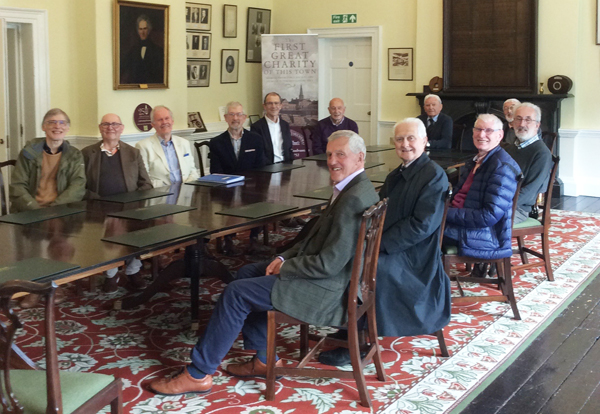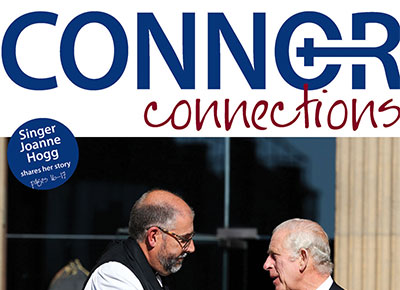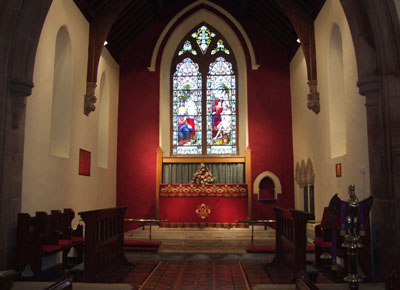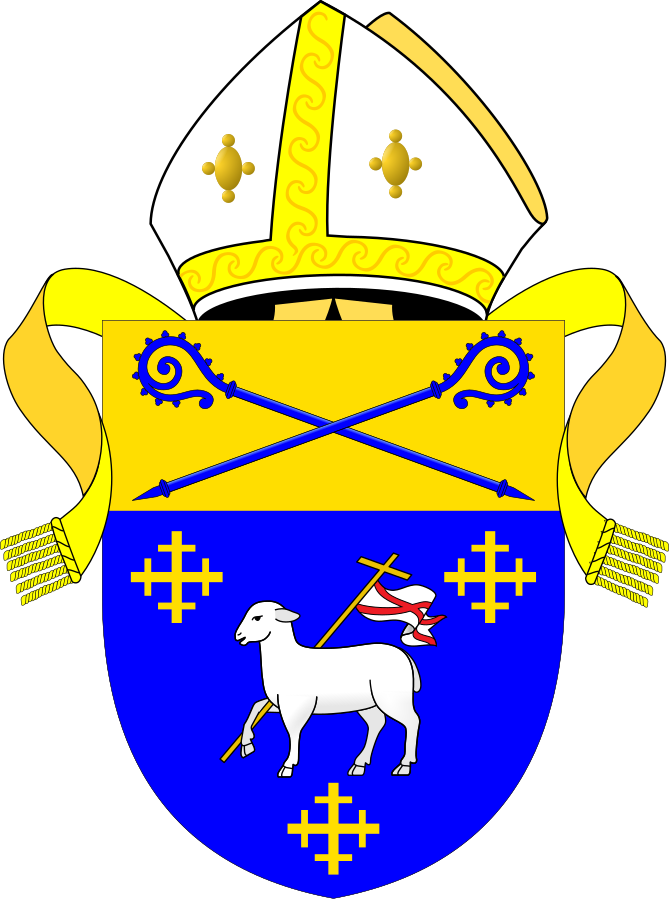Retired clergy visit Belfast’s Clifton House

Members of the Retired Clergy Association (NI) are pictured in the historic Board Room of Clifton House, Belfast, during their recent visit. (Photo: Dr Lauren Smyth)
Report by the Rev Clifford Skillen
Members of the Retired Clergy Association (NI) recently visited Clifton House, Belfast, home to ‘the most historic boardroom in Belfast.’
This imposing Grade A-listed Georgian building occupies a large landscaped site at the corner of Clifton Street and North Queen Street in central Belfast and is one of the city’s most historic buildings.
Opened in 1774 by the Belfast Charitable Society, it is celebrating its 250th anniversary throughout this year. It was originally the Poor House, acting as a safe haven for the poorest and neediest of a rapidly-growing population in the industrialised Belfast of the time, and to this day remains true to its founders’ aims of addressing poverty and disadvantage.
Within the House’s grounds is Clifton Street cemetery, opened in 1797, where many of the great and good of industrial Belfast society were buried, side by side with a number of the poorest inhabitants and victims of the darkest days of the city’s cholera epidemics.
One of the most notable graves is that of Mary Ann McCracken, the renowned social reformer, philanthropist and abolitionist, who had a very long and close connection with Clifton House.
Today the building houses a heritage and interpretive centre, and also on the site is residential and sheltered accommodation blocks for older people.
SIGNIFICANT CONTRIBUTION
Following light refreshments, members were welcomed by Dr Lauren Smyth, Clifton House’s historian, who gave a talk on the history of the House and the significant contribution it made to the social, economic, industrial and educational growth of Belfast and its citizens in the 1800s and 1900s.
Dr Smyth also led members on a tour of the House, pointing out in particular artefacts relevant to Belfast’s social and economic development, especially in respect of the provision of a water supply and street lighting and of the rise of the city’s cotton and linen industries.
The tour ended in the Board Room, which Dr Smyth described as ‘the most historic boardroom in Belfast,’ being the scene of many important meetings and far-reaching decisions in the city’s early history.
A CLERGY ‘FIRST’
This was a ‘first’ for many of the retired clergy present, as they had never previously visited Clifton House.
The chairman of the RCA (NI), Canon Jim Campbell, commented: “Members found the visit thoroughly worthwhile and a fascinating insight into so many aspects of Belfast’s history and growth in Georgian times.
“We also discovered how the Church of Ireland built several churches in that area in the latter part of the 19th century and how the Church had a good association with the Belfast Charitable Society.
“We are grateful to Dr Smyth and her colleagues for their welcome and for facilitating our very enjoyable visit.”
© Copyright The Church of Ireland Diocese of Connor 2025 | Web Design by LD2.digital




